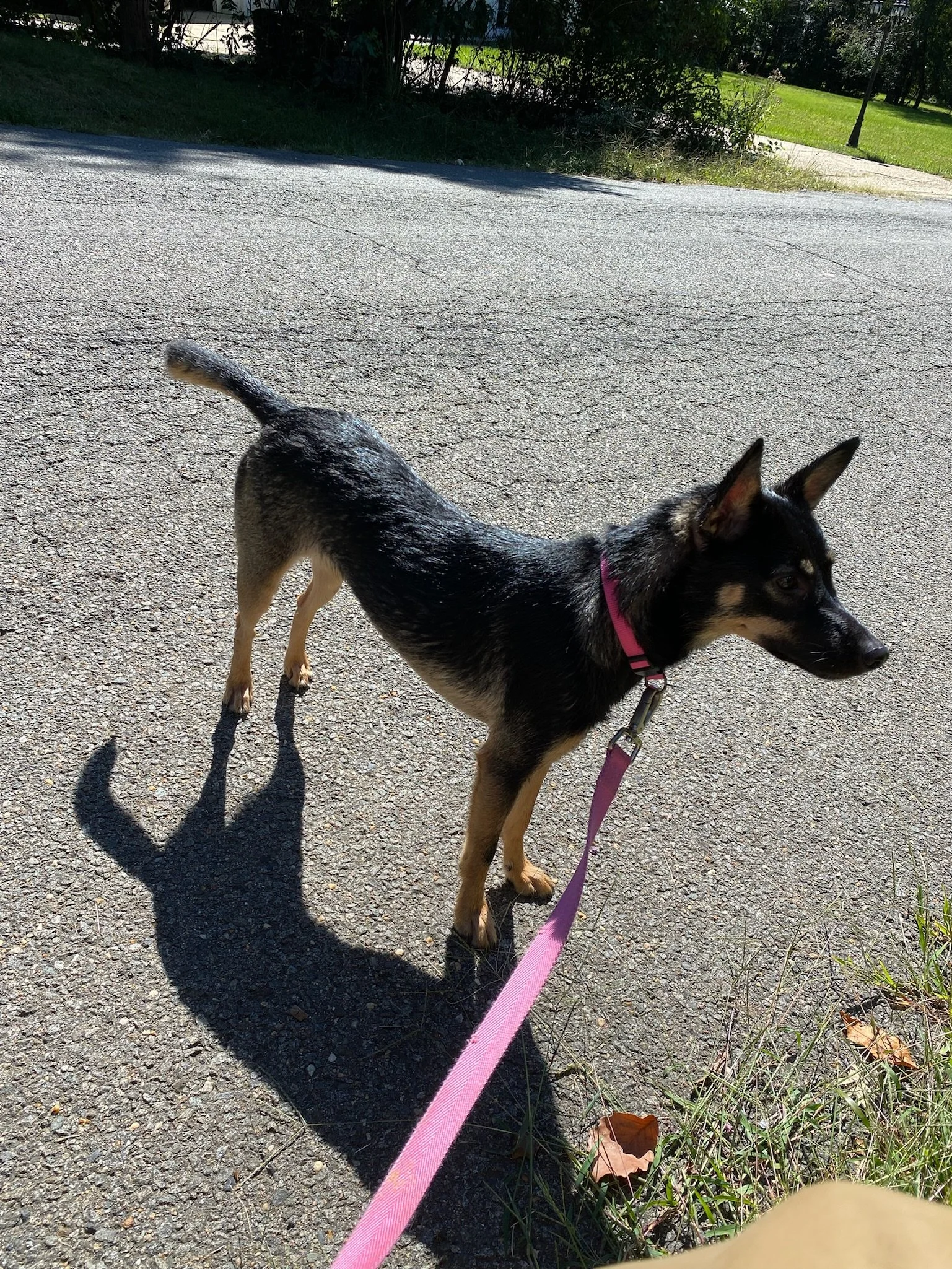If you’ve ever trained a dog, you know that successful training requires a balance between reward and correction.
Positive reinforcement motivates good behavior, while correction teaches boundaries and expectations. Finding the right balance between these methods is essential for effective training and building a strong bond between you and your dog.
How can you strike the right balance between reward and correction for successful dog training? Here, we outline a few helpful tips for you to get started.
Understanding Positive Reinforcement
Positive reinforcement involves rewarding your dog for good behavior, creating a positive association with a specific action or command. Treats, praise, toys, and affection are common rewards used to encourage desired behavior.
When incorporating positive reinforcement, consistency and timing are crucial. Rewarding your dog immediately after they exhibit the desired behavior reinforces the connection between the action and the reward.
Implementing Corrective Action
Correction is necessary for discouraging undesirable behaviors in dogs, such as barking excessively, jumping on people, or pulling on the leash. Correction may also be referred to as punishment.
However, it’s important to remember that correction or punishment is different from abuse. Abuse creates fear and anxiety and damages the trust between you and your dog. Examples of potential abuse include hitting a dog, spraying them with water, or administering a shock with an electric collar. These are all actions that can make the undesirable behavior worse.
In addition, putting an e-collar on the dog and pressing the button to administer a vibration or shock doesn’t properly condition your pup to behave how you want them to.
So, what does corrective action look like? Here are a few examples:
The absence of pressure, such as using a prong collar for leash walking, is a type of corrective measure for dogs who pull on leashes.
Using a firm voice to let your dog know the behavior is not allowed.
Withholding attention when the dog engages in inappropriate behavior.
Setting rules, limits, and boundaries for the dog and enforcing them.
Use gentle but firm corrections, such as verbal cues or physical corrections, or redirect their attention to correct their behavior. For many dogs and their owners, this is a delicate process that is best done with a professional dog trainer.
Using Consistency and Clarity in Commands
Clarity and consistency in issuing commands are fundamental to successful training. Dogs thrive on clear communication and expectations. Ensure that everyone in the household uses the same commands and techniques to avoid confusion for the dog.
When your dog understands what is expected of them, they are more likely to exhibit the desired behavior. Inconsistent training methods can lead to confusion, making it difficult for dogs to understand what is being asked of them and hampering their progress.
Identifying Individual Motivations and Triggers
Every dog has unique drives and motivations. Understanding what motivates your dog and recognizing their triggers is key to creating an effective training program.
For example, some dogs are highly food-motivated, while others respond better to toys, playtime, or verbal praise. Tailoring rewards and corrections to match your dog’s personality and preferences can maximize the effectiveness of your training efforts.
In addition, identifying triggers that cause unwanted behaviors allows you to proactively manage or redirect your dog before problems arise.
Finding the Proper Balance
The right balance between reward and correction is essential for effective dog training. Focusing too much on positive reinforcement and not enough on corrective measures can create a dog who is overly focused on praise and treats and less focused on boundaries.
Training is not just about helping your dog understand acceptable versus unacceptable behaviors. It’s also about creating a strong foundation of trust and confidence in your dog. By understanding your pup’s unique motivations and triggers, you can create a positive and successful training experience.
Train Your Pup With Nova Pack Dog Training
Balancing reward and correction is an ongoing process when training your dog. Let Nova Pack Dog Training help you strike that balance with professional dog training. By focusing on each dog’s individual needs, we help pet parents successfully establish rewarding relationships with their dogs while improving their behavior!




